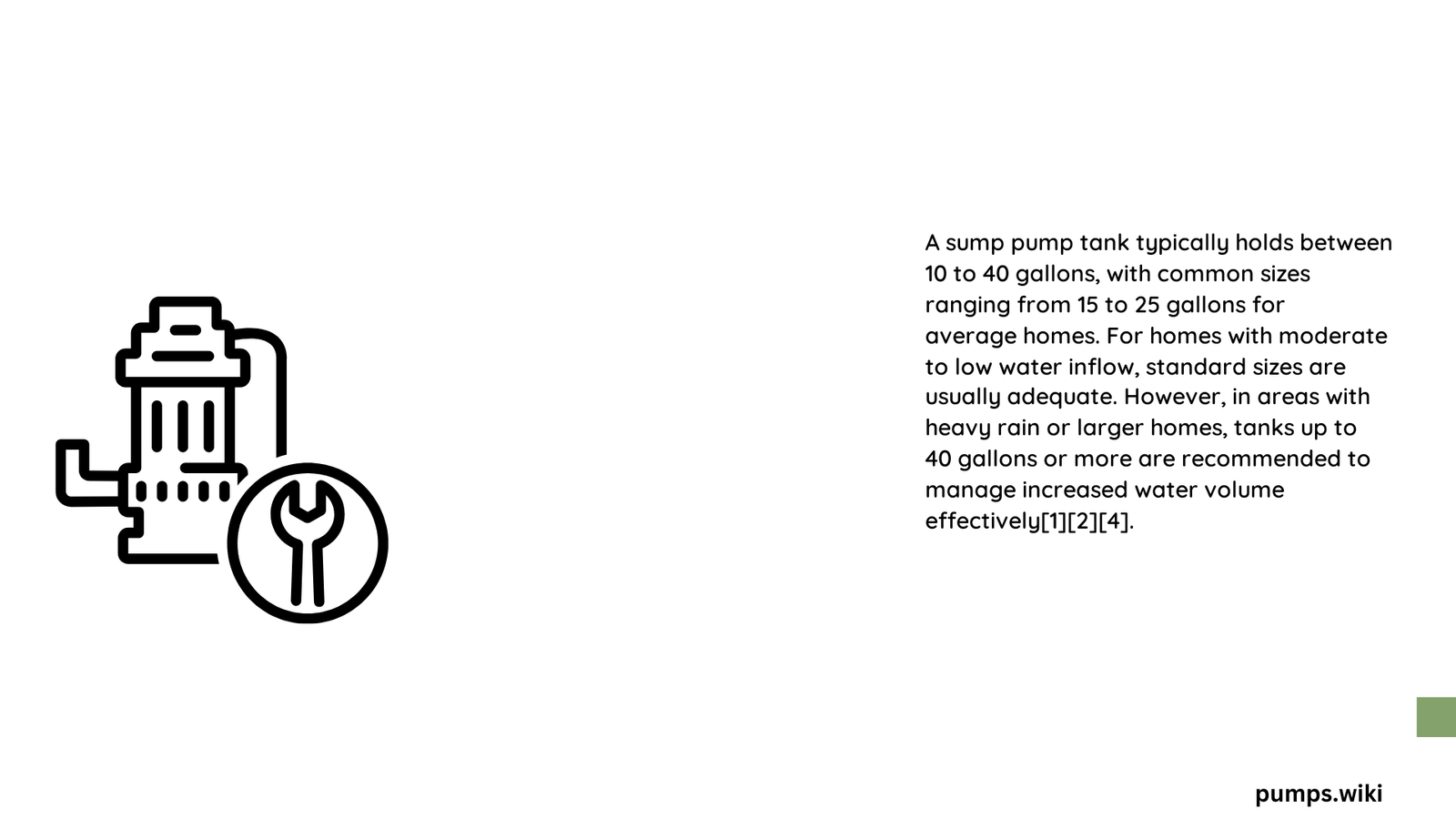Sump pump tanks are critical components in home water management systems, with sizes ranging from compact 18-inch basins to expansive 24-inch models. Understanding the precise dimensions and volume capacities is essential for effective water drainage and preventing basement flooding. Homeowners must consider factors like water inflow, pump capacity, and installation space when selecting the right sump pump tank size.
What Are Standard Sump Pump Tank Dimensions?
Typical Basin Sizes and Volumes
Sump pump tanks come in two primary standard sizes:
| Basin Diameter | Depth | Approximate Volume | Typical Use |
|---|---|---|---|
| 18 inches | 2-3 feet | 15-25 gallons | Standard residential homes |
| 24 inches | 2-3 feet | 30-40 gallons | High water table areas |
Factors Determining Tank Size
Several critical factors influence sump pump tank dimensions:
- Water Inflow Rate
- Measure water rise in the pit during peak flow
- Calculate gallons per minute
-
Consider seasonal variations
-
Basement Water Management Needs
- Local rainfall patterns
- Groundwater table levels
- Soil drainage characteristics
How Do You Calculate the Right Sump Pump Tank Size?

Water Volume Calculation Method
To determine the appropriate tank size:
- Measure water level rise in the sump pit
- Convert inches to gallons
- 18-inch basin: 1 inch = 1 gallon
- 24-inch basin: 1 inch = 2 gallons
- Multiply by 60 to get hourly water volume
- Apply a safety factor of 1.5
Example Calculation
Water rises 12 inches in one minute
– 12 inches * 1 gallon = 12 gallons per minute
– 12 * 60 = 720 gallons per hour
– 720 * 1.5 = 1,080 GPH pump capacity needed
What Challenges Affect Sump Pump Tank Sizing?
Installation Constraints
- Basement floor space
- Existing drainage infrastructure
- Vertical lift requirements
- Horizontal pipe distance
Performance Considerations
- Pump cycling frequency
- Energy efficiency
- Long-term equipment durability
Recommendations for Choosing Sump Pump Tanks
Size Selection Guide
- Small Homes: 18-inch basin (15-25 gallons)
- Medium Homes: 24-inch basin (30-40 gallons)
- High-Risk Areas: Consider dual pump systems
Professional Assessment
- Consult local drainage experts
- Conduct site-specific water flow analysis
- Consider professional installation
Key Takeaways
- Sump pump tank size directly impacts water management effectiveness
- Standard sizes range from 18 to 24 inches in diameter
- Precise calculations prevent flooding and pump damage
- Professional evaluation recommended for complex drainage scenarios
References:
– High 5 Plumbing Sump Pump Guide
– Squeaks Services Tank Capacity
– Big Frog Supply Sizing Guide
